
From Idea to Prototype: Build Your Product Without a Dev Team
Ever had a brilliant idea but didn’t know how to bring it to life? That’s where prototyping comes in—it’s your friend in disguise. Instead of rolling out a full product and risking time and money, you build a test version, see what works (and what doesn’t), tweak it, and repeat. The best part? You don’t need a big development team anymore. In 2024 and beyond, AI tools and no-code platforms put all the building power in your hands.
What You Can Build—All by Yourself
- Sketch your app idea and watch it morph into a working interface
- Create internal tools without learning complex code
- Launch product experiments fast and fetch real reactions
- Iterate confidently, backed by genuine market feedback
This guide walks you through powerful AI and no-code tricks for solo prototyping—so you can build smarter, faster, and leaner.
Why Prototype? (And Why It Matters)
At its heart, a prototype is a learning device: it turns your thoughts into something tangible. You use it to uncover bugs, validate your features, and gather real user insights—all before diving into full-scale development. The phases usually look like this:
- Plan & Research: Scour the market, pick your must-have features, check technical feasibility, and estimate your investments.
- Design & Wireframe: Sketch interfaces, map user journeys, and pick which features to build first.
- Build & Test: Create a ‘minimum viable’ version, test internally, collect user feedback, then tweak and repeat.
Prototypes evolve—from quick paper sketches to clickable mockups, to functional models, and finally, polished beta versions. Each stage helps reduce risks, save cash, and build products that actually resonate with users.
Obstacles You’ll Crush As a Solo Builder
Going it alone isn’t without challenges, but knowing them helps you overcome them:
- Tech Knowledge Gaps: No dev team? No worries. AI tools like ChatGPT can write and debug code, draft tech docs, even plan databases.
- Limited Resources: While third-party tools might cost, many have generous free tiers. No-code platforms shorten the learning curve.
- Performance & Quality: Expect some rough patches early on. Testing and iteration will smooth things out.
- Pace of Build: Without a team, progress can slow—learning and building happen at once. But sacrifices early save you time later.
Tool Up with AI
AI is your virtual development partner—handling everything from code to design.
ChatGPT & other LLMs:
- Generate boilerplate code, debug errors, and help map out systems (like databases and APIs).
Design-to-code platforms:
- v0.dev: Converts Figma designs into React components. Reddit users say it’s “a gamechanger,” especially if you’re fluent in prompt writing, helping build MVPs in hours.
- Builder.io & Galileo AI: Both offer Figma integration and code generation. Users praise Builder for its visual editing, though some report performance hiccups.
- Uizard: Snap a sketch and get a digital UI in return—perfect for rapid early-stage visuals.
AI tools accelerate testing layouts, integrating APIs, and generating databases—letting you focus on your idea instead of plumbing.
No-Code & Low-Code Powerhouse Platforms
These tools let you build real apps without writing standard code:
- Replit: Cloud-based IDE ideal for quick builds and deployment.
- Bolt: Drag-and-drop dashboards and internal tools.
- Webflow, Bubble, Adalo: Launch websites, web apps, and native mobile apps—all visually!
- Airtable: Build workflows and data-driven apps without servers.
According to Gartner, visual platforms boost productivity by up to 5x, cut project timelines by around 50%, and enable faster feedback loops. Users love how inviting these platforms are for non-developers—breaking silos and fostering innovation.
Step-by-Step Solo Prototyping
- Alpha Stage:
Goal: Validate your core idea with a bare-bones MVP—think paper sketches or simple wireframes.
- Beta Stage:
Goal: Polish the UX/UI using no-code or design-to-code tools. Build basic features and test with early users.
- High-Fidelity Prototype:
Goal: Create a near-final version with full features, real data, and shine—perfect for pitching to investors or larger user tests.
Iterate through these stages based on real-world feedback. Remember: the aim is to learn quickly, not to go live at full scale.
Solid Solo Practices
- Keep it simple: Solve one big problem really well before expanding.
- Measure success: Define metrics (like clicks or sign-ups) and track them.
- Get feedback early: Test with users often, every couple of weeks.
- Use your resources wisely: Start with free tools; up only when boosted value is clear.
- Document everything: Track versions, changes, and learnings to avoid reinventing the wheel.
- Stay user-centered: Always test your ideas with real people, not just your instincts.
Real-Life Solo Wins
- Bubble marketplace in 6 weeks: A single founder launched a fully functional artisan marketplace with user-auth, listings, and payments.
- Adalo health app with 1,000 users: A fitness enthusiast built a tracker app with workouts, stats, and social sharing.
Handy Tool Map
| Use Case | Top Tools |
|---|---|
| UI/UX design | Figma, Galileo AI, Uizard |
| Web app builders | Webflow, Bubble, v0.dev, Replit |
| Mobile apps | Adalo |
| Cloud coding | Replit, GitHub Copilot |
| Physical product CAD | Fusion 360, TinkerCAD, OnShape |
| On-demand prototyping | Protolabs, Xometry, Fictiv |
The Bottom Line
The path from idea to prototype has never been more accessible. With AI and no-code platforms, you can:
- Quickly test product-market fit
- Crunch through iterations based on real feedback
- Own the development process start to finish
- Build without a traditional software team
Data confirms it too: AI-powered prototyping can cut development time by 30–70%, boost success odds, and unlock major cost savings.
🚀 Take the Leap
Your lack of coding expertise isn’t a barrier. It’s a blank canvas. Modern tools empower creators of any skill level, and solo founders worldwide are shipping real products today. If you’ve got an idea, start small, iterate fast, and learn with purpose. The future of DIY entrepreneurship is here—go build it!
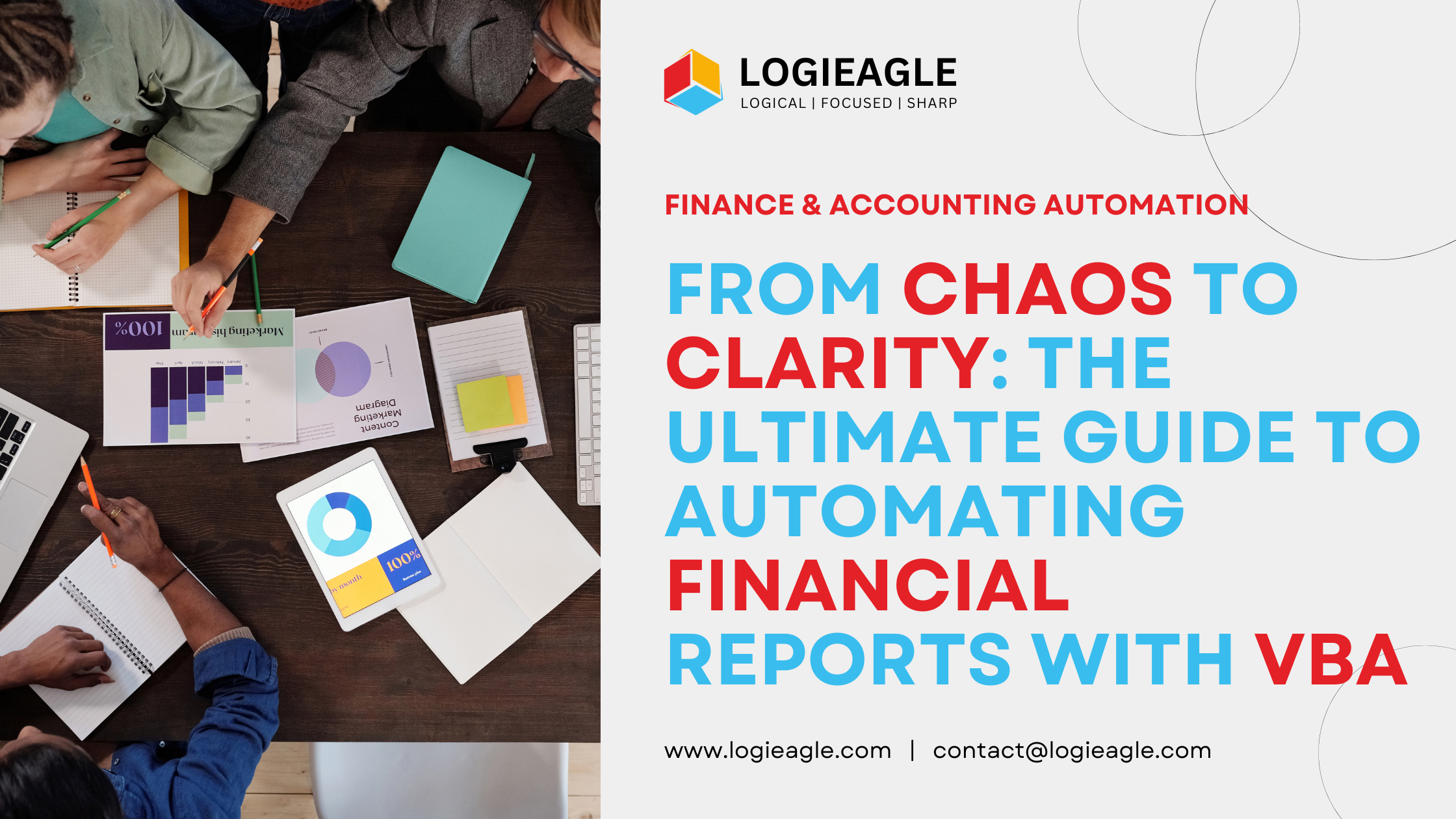 From Chaos to Clarity: The Ultimate Guide to Automating Financial Reports with VBA
From Chaos to Clarity: The Ultimate Guide to Automating Financial Reports with VBA
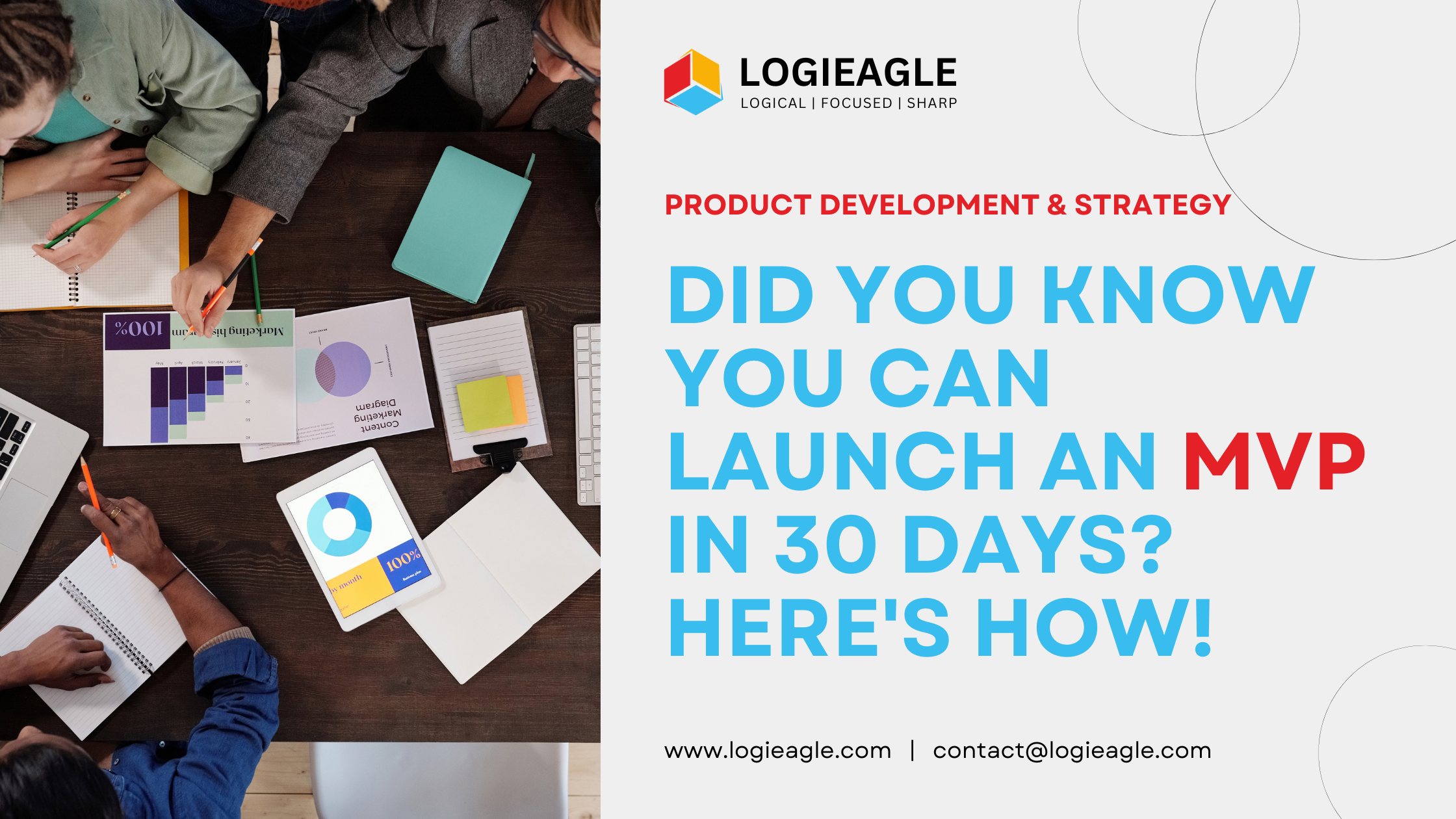 Did You Know You Can Launch an MVP in 30 Days? Here's How!
Did You Know You Can Launch an MVP in 30 Days? Here's How!
 Mastering Business Intelligence Dashboards: Excel Techniques You Need to Know
Mastering Business Intelligence Dashboards: Excel Techniques You Need to Know
 Turning Excel into a Scalable Business Tool: A Step-by-Step Guide
Turning Excel into a Scalable Business Tool: A Step-by-Step Guide
 The Psychology Behind Intuitive UX: How to Design for User Comfort
The Psychology Behind Intuitive UX: How to Design for User Comfort
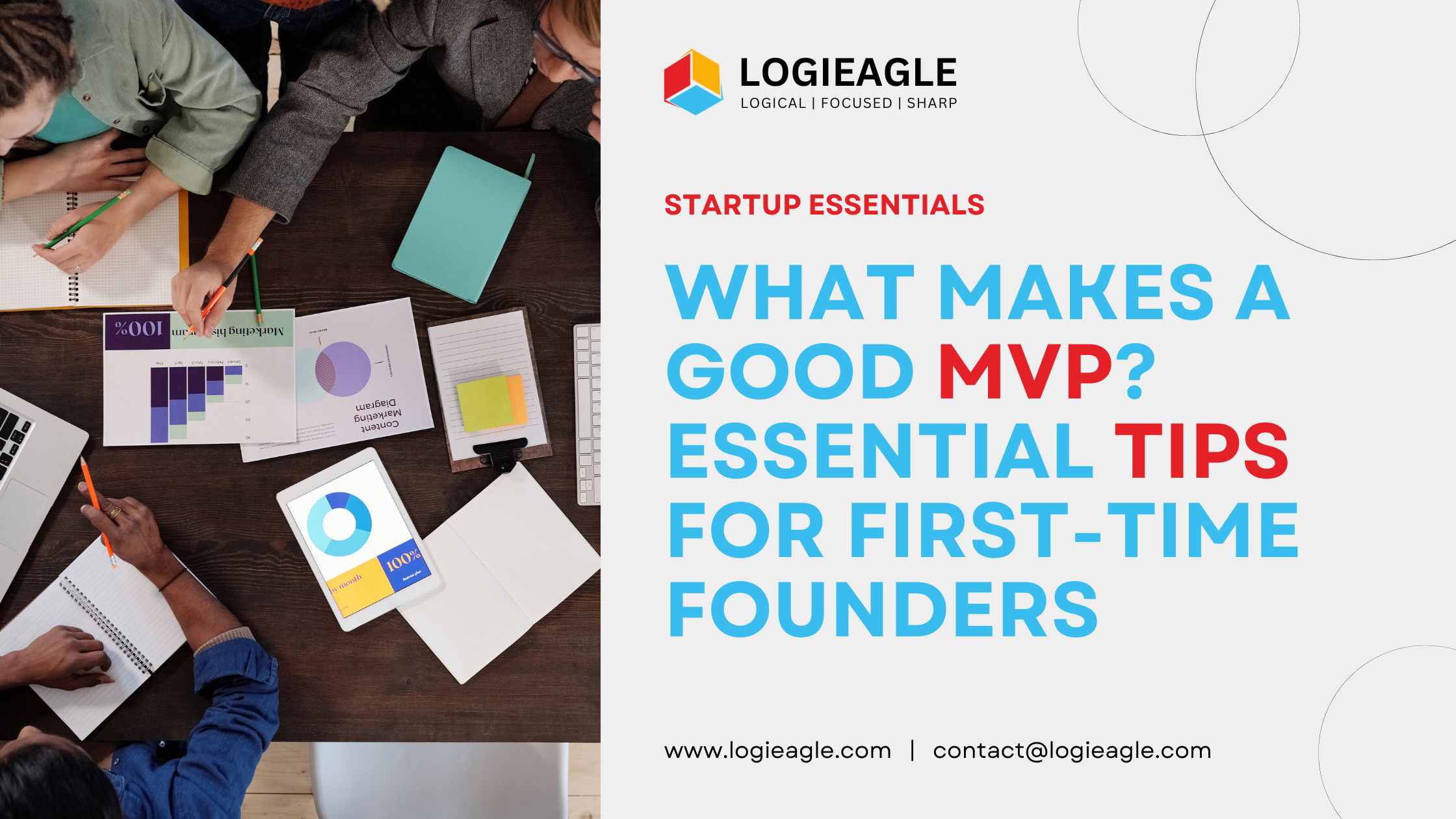 What Makes a Good MVP? Essential Tips for First-Time Founders
What Makes a Good MVP? Essential Tips for First-Time Founders
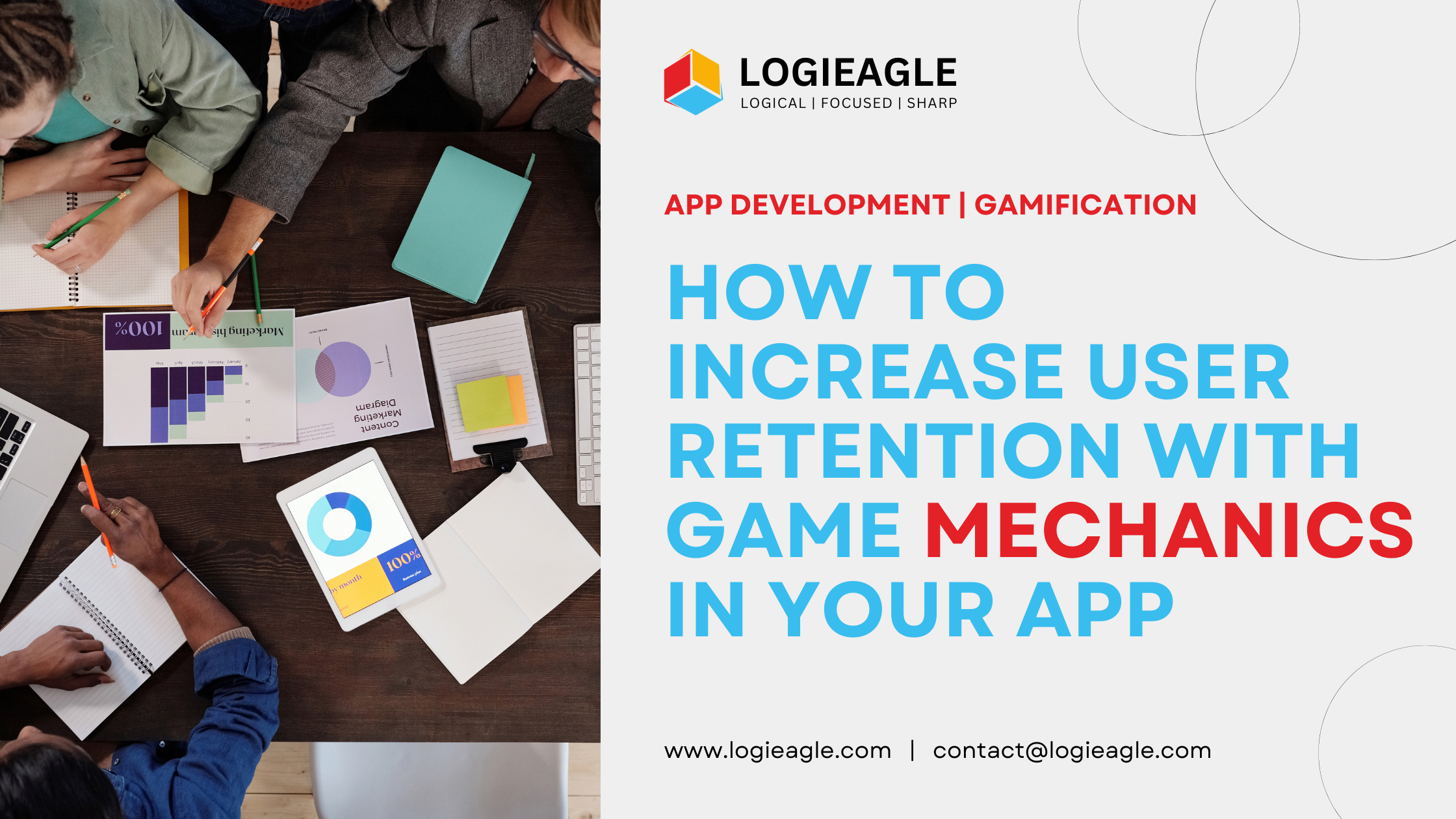 How to Increase User Retention with Game Mechanics in Your App
How to Increase User Retention with Game Mechanics in Your App
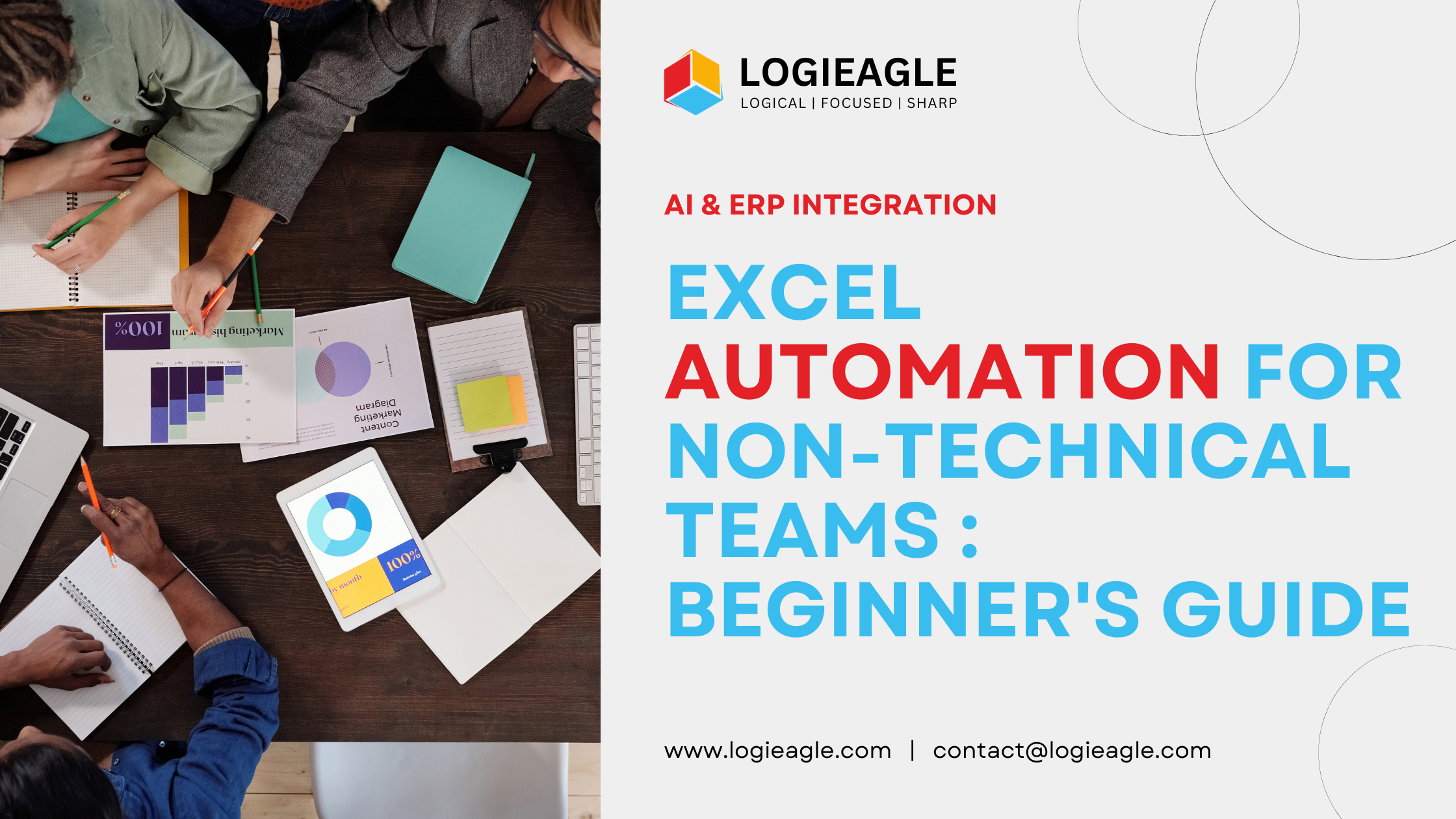 Excel Automation for Non-Technical Teams: A Beginner's Guide
Excel Automation for Non-Technical Teams: A Beginner's Guide
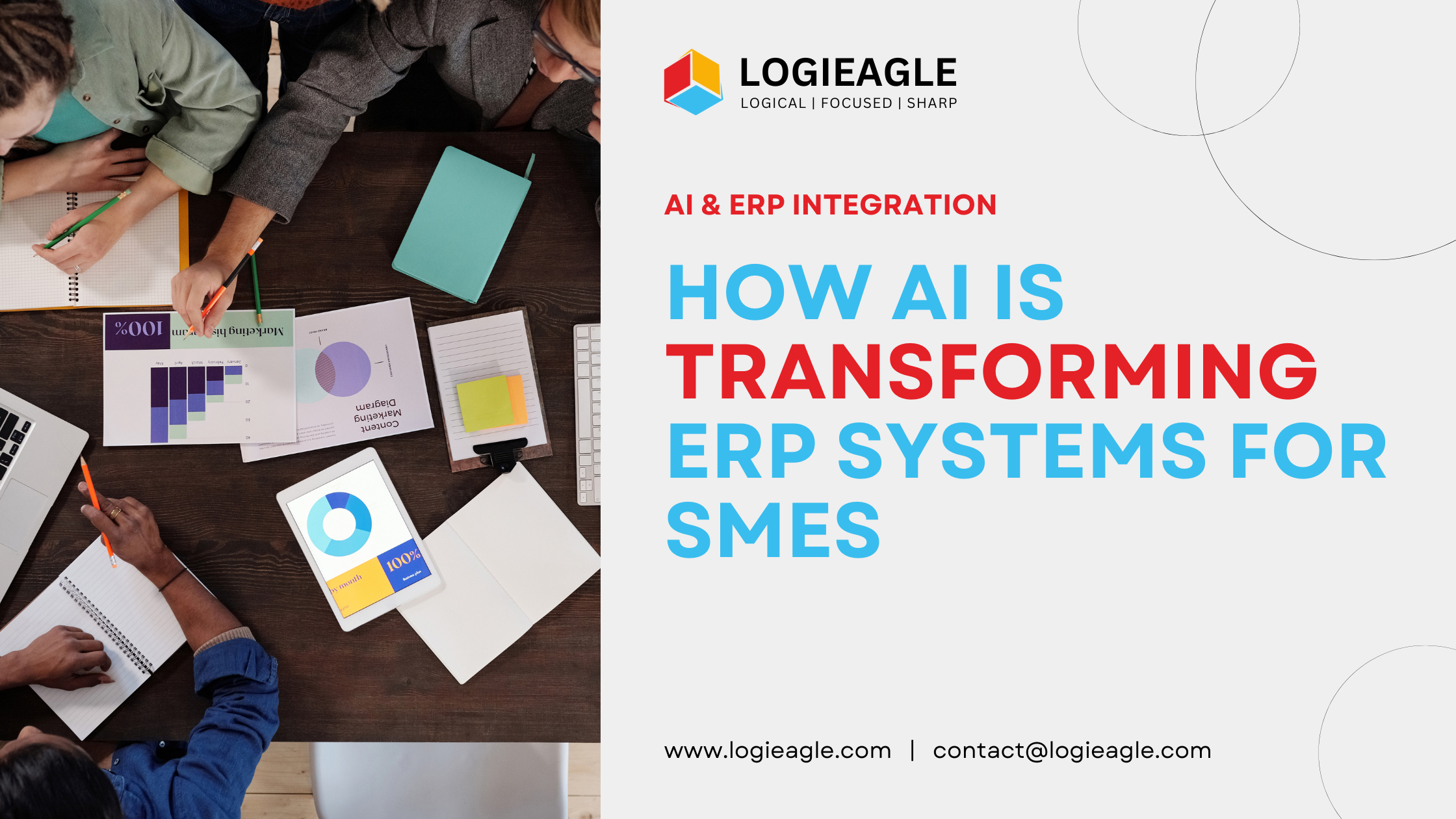 How AI Is Transforming ERP Systems for SMEs
How AI Is Transforming ERP Systems for SMEs
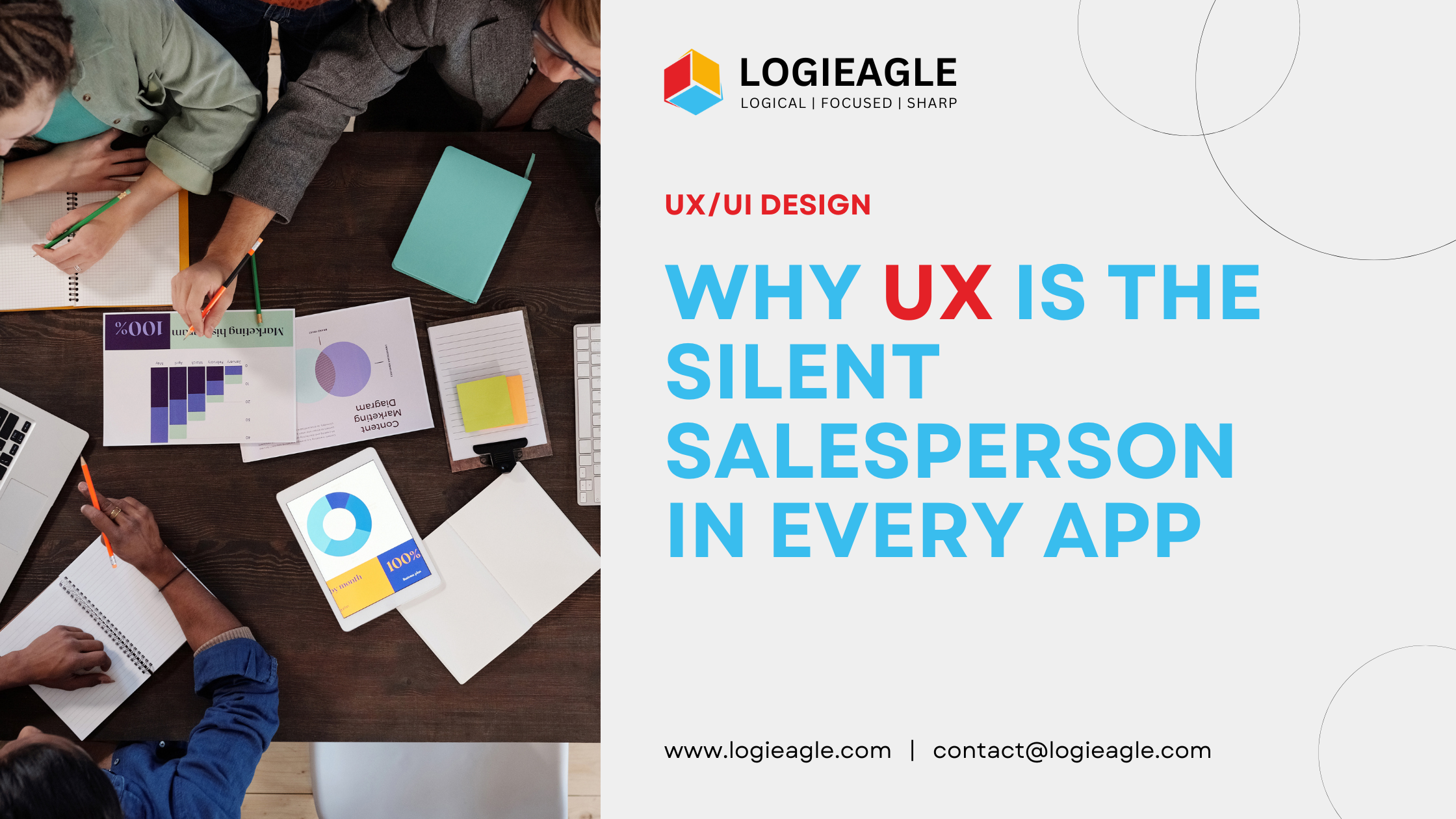 Why UX Is the Silent Salesperson in Every App
Why UX Is the Silent Salesperson in Every App